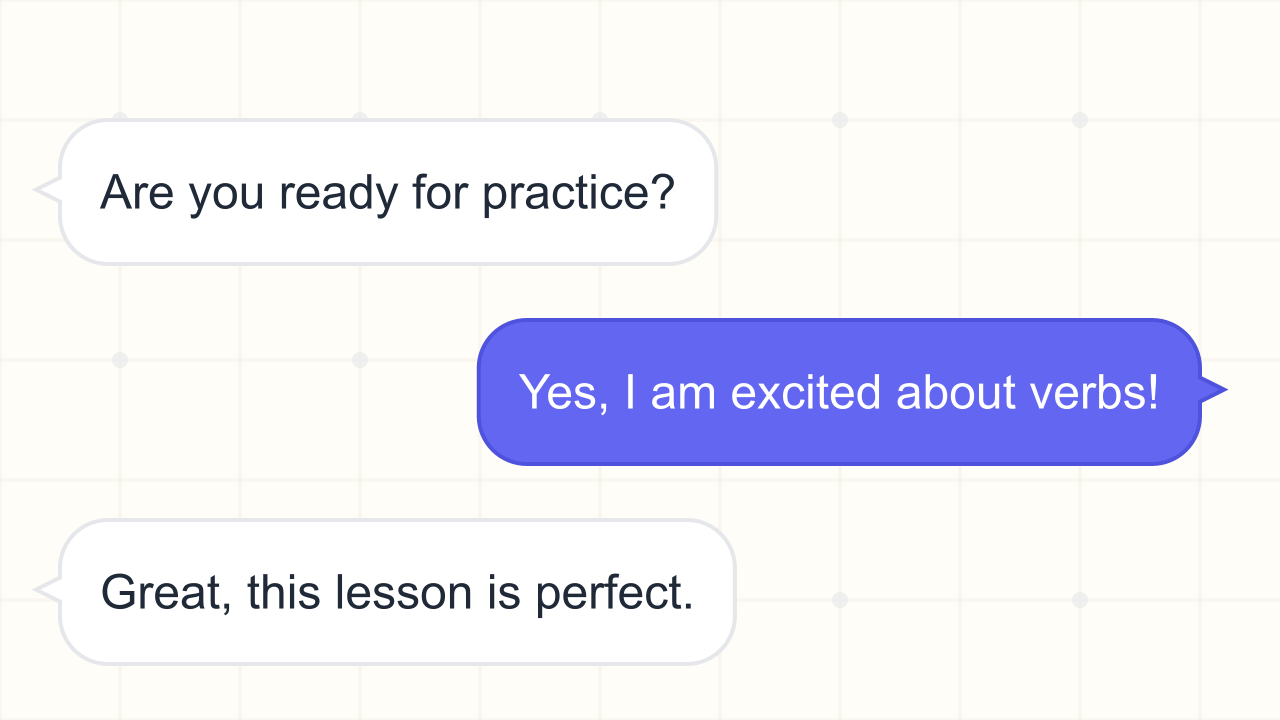Prepositions Part 3 grammar Exercise
Challenge yourself with extended scenes that weave together direction, timing, and placement so you can select the perfect preposition every time.
Exercise Guide
How to complete:
Read the full situation, visualize each action, and choose the preposition that keeps the sentence natural. Ask whether the idea expresses motion, location, sequence, or comparison before you decide.
- Match movement verbs with destination prepositions (into, onto, toward) that fit the direction.
- Look for time signals such as "before", "by", or "during" that anchor the timeline.
- Notice tool phrases like "with a scanner" or "by flashlight" to pick the correct helper words.
Success tips:
- When two choices feel close, substitute each one aloud and keep the option that sounds like everyday speech.
- Remember that "on" usually marks surfaces, "in" or "inside" show enclosure, and "at" points to precise spots or times.
- Pair "with" to show the tool or companion, while "through" and "across" focus on the path taken.
- Review the explanations so you can transfer the same reasoning to your own conversations and writing.
Knowledge:
Part 3 blends workplace, travel, and creative scenarios so you can feel how prepositions connect several actions in one narrative. You will practice shifting quickly between expressions of direction, placement, and timing while keeping the rhythm of natural English.
Focus on the relationships each pair of words expresses: carts roll into docks, charts sit on clipboards, updates travel to teammates, and notes spread across shared pages. The more closely you observe those relationships, the easier it becomes to select the small but powerful prepositions that make sentences precise.
Complete the Exercise
Paragraph 1
Paragraph 2
Paragraph 3
Paragraph 4
Paragraph 5
Paragraph 6
Paragraph 7
Paragraph 8
Paragraph 9
Paragraph 10
Paragraph 11
Paragraph 12
Paragraph 13
Paragraph 14
Paragraph 15
Share this exercise
Help others learn grammar by sharing this exercise
Related Exercises

Modal Verbs of Obligation (must, have to, should)
Practise choosing “must”, “have to”, or “should” to express obligation, necessity, and recommendations in real-life contexts.

Modal Verbs of Permission (may, can, could)
Practise choosing “may”, “can”, or “could” to ask for permission, give consent, or describe rules politely.

Modal Verbs of Ability (can, could)
Practise selecting “can” or “could” to express ability, requests, and possibilities in everyday situations.

To Be: Is, Am, Are
Practise choosing the correct form of the verb “to be” — is, am, or are — in present simple sentences about people, places, and things.

Have got vs has got
Practise choosing between "have got" and "has got" to express possession, relationships, and characteristics accurately.